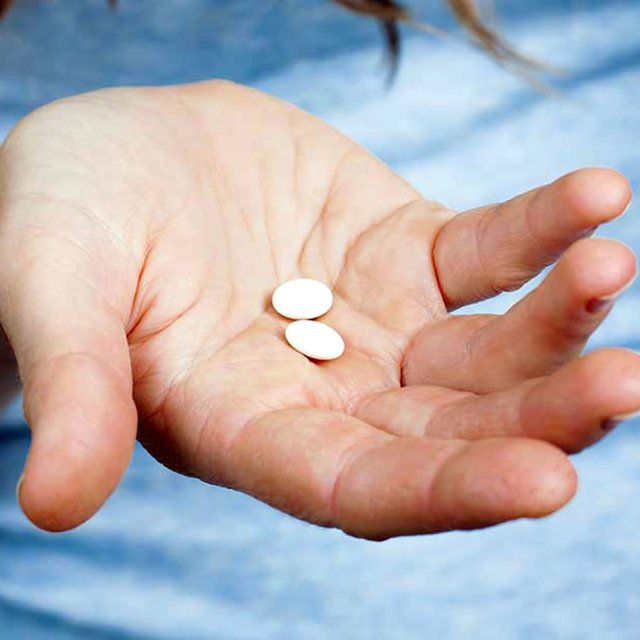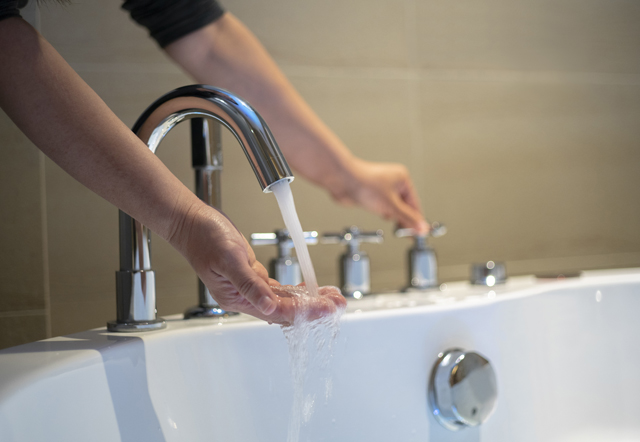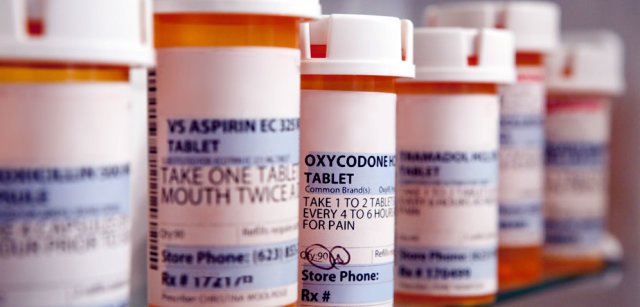About UFE Recovery
Uterine Fibroid Embolization (UFE)
You or your loved one may have been told a hysterectomy or other surgery is your only treatment option to end your fibroid symptoms. We want you to know you have other choices that don’t require surgery or the removal of your uterus.
One of the most successful non-surgical treatment options is called Uterine Fibroid Embolization (UFE). This is a minimally-invasive procedure that cuts off blood flow to the fibroids and causes them to shrink. What you’re left with is relief from painful fibroid symptoms—and your uterus intact.
About Uterine Fibroid Embolization
The Road to Recovery
After your Uterine Fibroid Embolization procedure, you will need pain medicine and plenty of rest. You can expect to feel better as each day passes and will recover completely after 7 to 10 days. If your work requires heavy lifting, we recommend taking 2 weeks off.
For the first 5 days following UFE, your body will need time to heal. You may have:
- Moderate to severe cramps
- Nausea
- Low-grade fever
- Vaginal spotting or discharge
These are all normal side effects from the treatment. We will give you several medications to help manage these symptoms and make you as comfortable as possible. When your first menstrual cycle returns after UFE it may be heavier than normal, but it will become much lighter. Your other menstrual symptoms will also improve over time.
Request a Consult
Learn more about recovery and follow up procedures when you speak with one of our experts and have your questions answered at a telehealth or office consult appointment.
Thousands of women have become fibroid free with the non-surgical treatment Uterine Fibroid Embolization (UFE).
After UFE
Follow the steps below for a fast, smooth recovery.

You will receive prescriptions for pain medications to help with any discomfort you have after the procedure. Check with our staff before you take any additional over-the-counter medications. You can take your pain medicine with food if it makes your stomach upset. If your pain is not under control after the procedure, please call our office so we can adjust your medications.

Walking increases blood flow throughout your body and helps prevent blood clots and constipation.
Try to get some easy walking time in each day and gradually increase the amount you walk.
You may start cardio exercises as soon as you are comfortable with it.

For the first two weeks following UFE, avoid lifting anything more than 20 pounds or anything that would make you strain.
This may include lifting a pet or child, grocery bags, laundry or a vacuum cleaner.

You may shower but do not attempt to take a bath, soak in a tub or go swimming for the first few days until your doctor tells you it’s okay.

To avoid pain and infection, avoid sexual intercourse for 2 weeks after the UFE procedure.
After 2 weeks, you may resume intercourse if it’s comfortable for you.
Wait until your body has more time to heal if you have discomfort.

You may have been told to stop taking some medications, such as blood thinners, several days before the UFE procedure. Your doctor may also advise you to discontinue these medications for a short period after UFE. If you have diabetes, you will have to modify your medicine schedule with our staff.

For the first day or two after your UFE, your stomach will be sensitive so you may want to eat foods that are easy to digest. Drink plenty of fluids and eat only if you are hungry.
Irregular bowel movements are common several days after your UFE treatment. Take the stool softener that is prescribed. If you become uncomfortable because you have not had a bowel movement after a couple of days, you may take a mild laxative.
